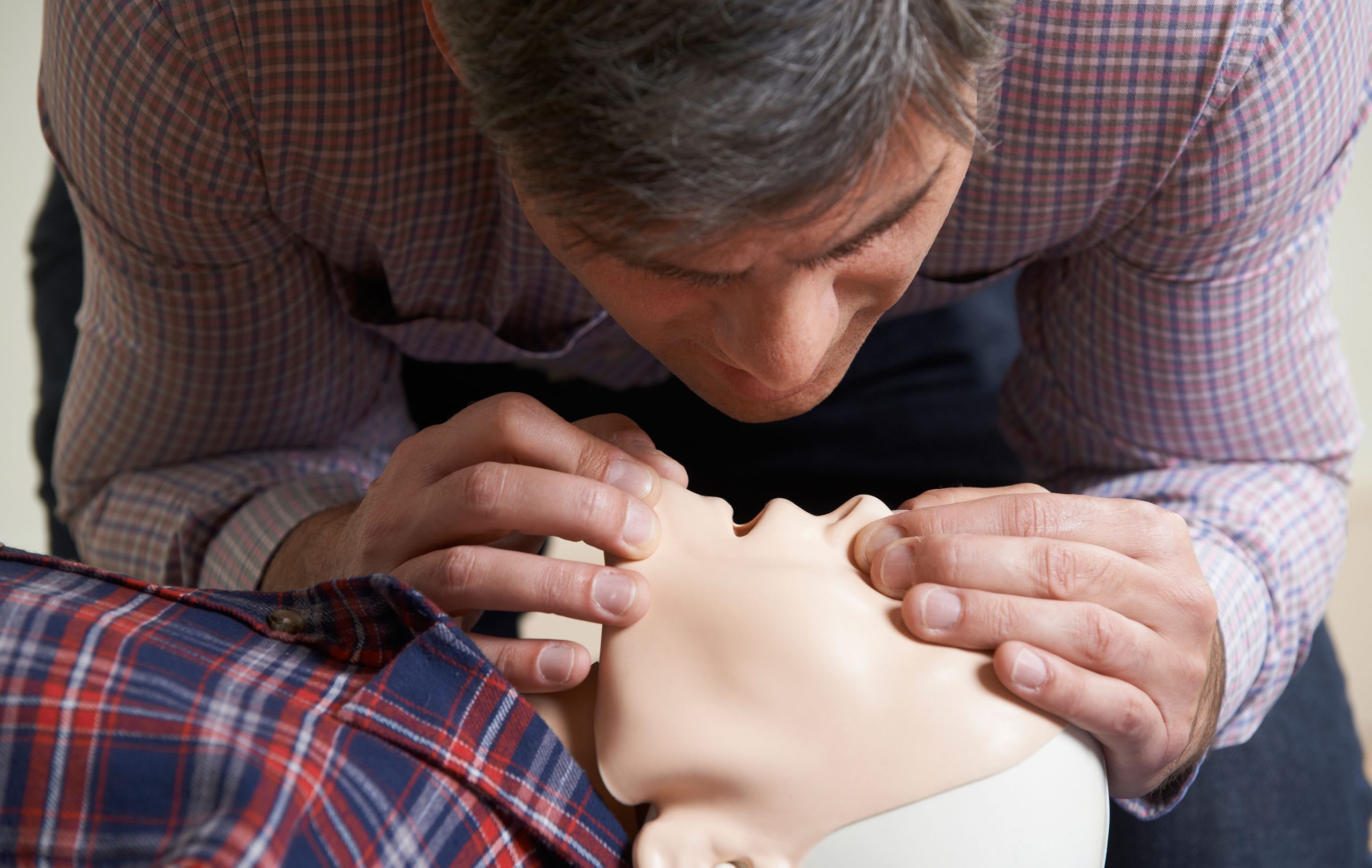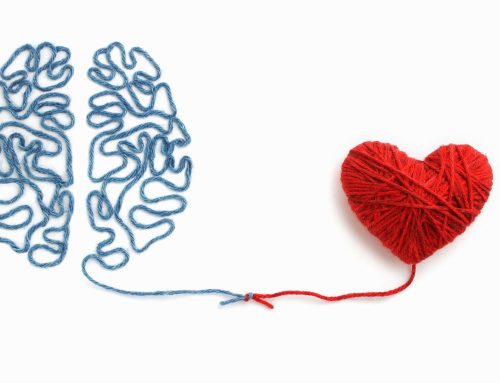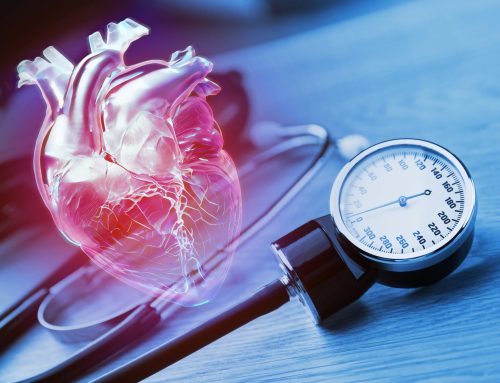Mouth-to-mouth resuscitation. Let’s dive into this life-saving procedure in this article.
So the victim’s blood already contains oxygen. But without mouth-to-mouth, how long will it last? Abella says you won’t find a precise number, but, “It’s fair to say for the first three to five minutes, it’s reasonable to do hands-only CPR.”
After that, if you have been trained in full CPR with rescue breaths, and you feel comfortable performing it, you can. Even if you’re an amateur, after five minutes without an ambulance, consider trying those rescue breaths. However, there’s no pressure—the important thing is doing those chest compressions.
Before that point, mouth-to-mouth is just not necessary. Abella is well-versed in full CPR, but he still says that if he was on the street and had to help someone in cardiac arrest, “for the first five minutes, I would do hands-only CPR.”
Want to learn how to do full CPR, rescue breaths and all? You should get trained. However, if you’re in a rush, here’s the basic protocol: 30 chest compressions, then two rescue breaths, then 30 more compressions, then two more breaths.
When you give a rescue breath, first tilt back the head by raising the chin—that’s to open the airway—and pinch the nose. Make sure to get a good seal with your mouth on theirs before exhaling twice. Compressions, breaths, compressions, breaths. Rinse, repeat.
In general, overthinking whether you should do full CPR or the hands-only version will just waste precious time. When in doubt, begin chest compressions only. “What really matters is to move blood through the body,” Abella says, “more than to get oxygen to the lungs.”
For the record, however, the American Heart Association recommends that, if you see a teenager or adult collapse suddenly, you should do only chest compressions, according to an email from an AHA spokesperson. Do full CPR “for infants; children; victims of drowning or drug overdose; or people who collapse due to breathing problems.” (Full CPR, especially for children and infants, requires training, as it differs from adult CPR.)
The American Red Cross offers similar guidance: “Full CPR is the best option if a person knows how to do it—especially for infants, children, drowning victims, and those with known heart conditions,” a Red Cross spokesperson said via email. Meanwhile, hands-only CPR “is for those who are untrained, unwilling, or unable to give rescue breaths.” (Disclosure: I once worked for the American Red Cross as an Americorps volunteer, and my job included teaching CPR.)







Leave A Comment